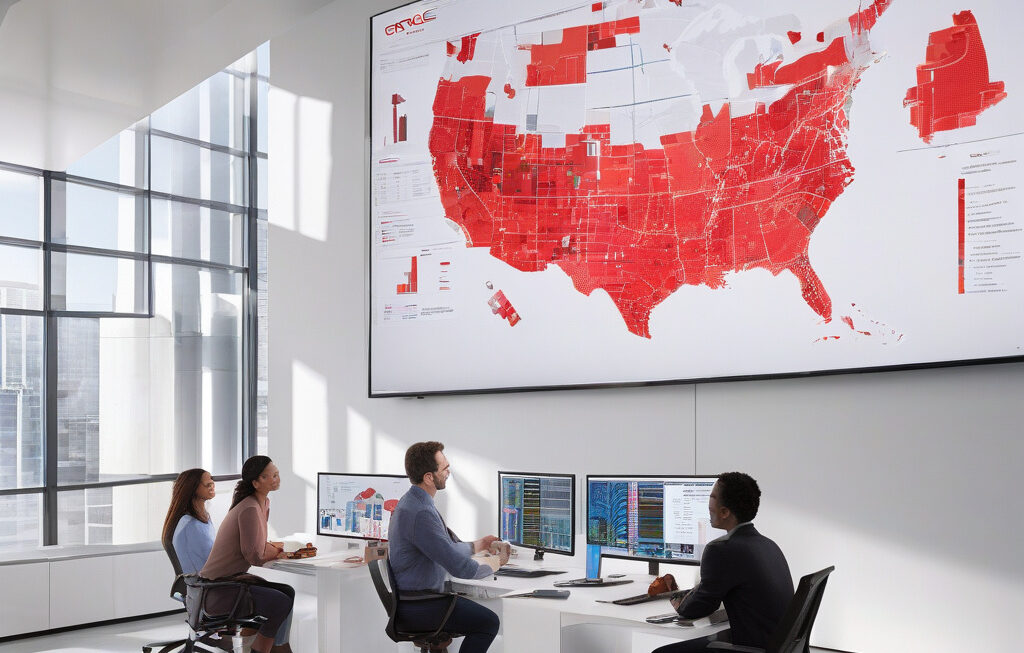Executive Memo | An Action Plan for Navigating Trump’s Tariffs
The recent tariff actions initiated by US President Donald Trump have sent shockwaves through the business world, particularly impacting fashion businesses and disrupting established supply chains. With the looming threat of additional duties on the horizon and retaliatory measures from other nations, executives in the industry are facing unprecedented challenges. In order to navigate these turbulent times, it is essential for businesses to develop a comprehensive action plan that addresses the various aspects of their operations affected by the tariffs.
One of the key areas that businesses need to focus on is pricing strategy. With the increased costs resulting from the tariffs, companies will have to make tough decisions regarding pricing their products. It may be necessary to pass some of the additional costs on to consumers, but this must be done strategically to avoid alienating customers. Executives should conduct a thorough analysis of their pricing structure and consumer base to determine the optimal approach.
In addition to pricing, executives must also reevaluate their sourcing strategies. The tariffs may make certain suppliers less cost-effective, necessitating a shift in sourcing locations. Diversifying the supply chain to include suppliers from different regions can help mitigate the impact of the tariffs and reduce dependency on any single source. It is crucial for businesses to identify alternative sourcing options and establish robust relationships with new suppliers to ensure continuity of operations.
Furthermore, executives should consider revisiting their product strategies in light of the tariff situation. This may involve reengineering products to reduce costs, exploring new product categories that are less affected by tariffs, or focusing on value-added services to differentiate their offerings in the market. By adapting their product strategies to align with the changing trade landscape, businesses can enhance their competitiveness and resilience.
Financial actions are also a critical component of the action plan for navigating Trump’s tariffs. Executives should conduct a thorough financial analysis to assess the impact of the tariffs on their bottom line and cash flow. This may involve securing additional funding to weather the storm, renegotiating terms with lenders or investors, or exploring cost-saving measures within the organization. By proactively managing their financial resources, businesses can strengthen their position and ensure long-term sustainability.
In conclusion, the escalating trade tensions driven by President Trump’s tariff actions present a formidable challenge for fashion businesses and their supply chains. However, by developing a comprehensive action plan that addresses pricing, sourcing, product, and financial strategies, executives can effectively navigate these turbulent times and position their companies for success. It is crucial for businesses to remain agile, proactive, and innovative in their approach to mitigating the impact of the tariffs and seizing new opportunities in the evolving trade landscape.
tariffs, Trump, fashion industry, supply chain, business strategy












